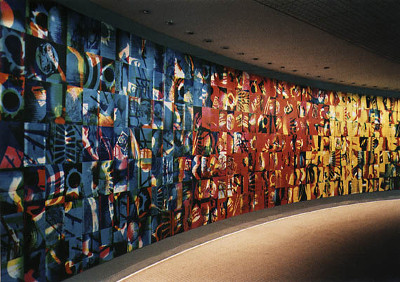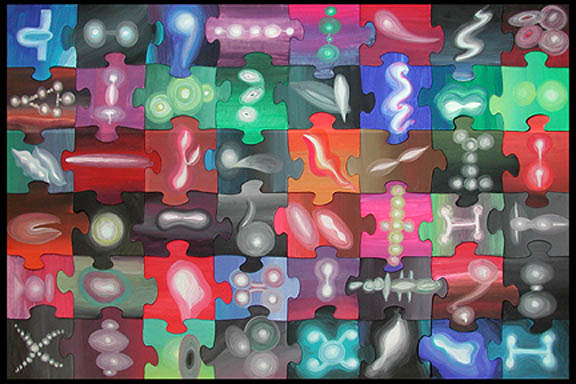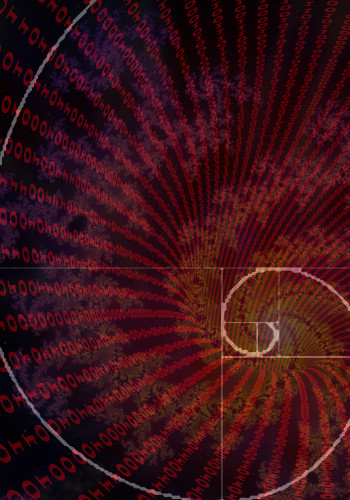
Catalog of Selected Compositions
Acoustic
(2012) Turbines Winding Down
for 8-string Novax Guitar, 6-string Electric Guitar, Cello, Violin, Flute, Bb Clarinet/Bass Clarinet, and Drum Set
duration: 12 minutes
(2012) Le Traineau (Hommage au Erik Satie)
Miniature for 8-string Novax and 6-string Electric Guitars
duration: 90 seconds
commissioned by Concrete Timbre
(2011) 11 Variations on a Simple Theme
for String Quartet
duration: 11 Minutes
(2010) Three Sketches from the Desert
for Piano, Cello, Violin
duration: 3 Minutes
Performers: Rolf Schulte, David Russell, and Geoffrey Burleson
(2010) Conception
for Piano, Cello, Violin
duration: 5 Minutes
(2008) Incoming? Incoming!
for Chamber Orchestra
duration: 6 Minutes
Performers: Slee Sinfonietta
(2008) The Dogs Will Feast
for Narrator and Mixed Chamber Ensemble
Text by Don Bosley
duration: 5 Minutes
Performers:CSU New Music Ensemble
(2008) Prelude
for Soprano, Violin, Horn in F, Trombone, Tuba
duration: 2 Minutes
(2008) Thoughts on a Fairy Tale
for Mixed 13 Piece Chamber Ensemble
duration: 6 Minutes
Performers:CSU New Music Ensemble
(2007) Eng and Chang Bunker
for Mixed Octet
duration: 4 Minutes
(2007) Flying
for Saxophone Quartet
duration: 7 Minutes
(2006) 'I'
for Brass Quintet
duration: 4 Minutes
Performer: Meridian Arts Ensemble
(2006) Was I Flying...Or Falling Endlessly?
for Saxophone Quartet
duration: 5 Minutes
Excerpt: Rascher Saxophone Quartet
(2006) Prelude in E Chromatic
for Solo Violin
duration: 6 Minutes
Performer: Rolf Schulte
(2004) Electric Fantasy
for solo Electric Guitar
duration: 3 Minutes
Puzzle Variations

Suzanne Kaprov is an artist who creates among a variety of unique works or art, pieces centered around...well, pieces of puzzles. Her work was deeply influenced by her friendship with John Cage.
"First I take a blank, factory-produced puzzle. After coding the backs of each piece so I can later reassemble them, I then disassemble the puzzle and place the pieces into a bowl. The pieces are mixed as I would shuffle a deck of cards. I then randomly pick a puzzle piece from the bowl, ready for painting. In another separate bowl, I place a hundred individual stickers, each one numbered and labeled with a different (written) color, for a total of one hundred color choices. I select five colors for each piece, one by one, randomly picking them from the bowl. Each sticker is always returned to the bowl, which is re-shuffled again. Once five colors are picked, the individual puzzle piece is ready for painting. I repeat this until all the pieces are done and when the puzzle is reassembled, the completed 'big picture' finally emerges."

I was asked by Ear to the Earth to use a recorded text of Suzanne speaking 100 words and create a process analogous to her paintings.* My software diced up the recited text, creating an individual audio file for each word. A series of one dozen audio effects exploiting eight channel (3-d) audio were developed. A random number generator selects how many effects are applied, in what order, the values for all of their variables, and the amount of overlap between files. Examples of the "remix" from eight channels down to stereo can be heard here.

*The process described on the E2E website is not exactly what I used.
In the fall of 2011 I created a program from scratch designed to generate pieces of "tonal" music. My initial work relied on Markov Chains, but I found the results to be rather predictable once a model was decided upon. I then decided to use probabilities with shifting weights in conjunction with random number generation to make all "decisions." The software seeded the piece with initial selections for:
- Scale: Number of notes, interval structure, and root
- Number of "Instruments" and their ranges
- Number of starting instruments and their timbres
System Studies

Using the irrational number Phi as a measure of proportion and timekeeping, the system kept running averages of times, frequency of occurrence, and types of previous events in order to change timbres, exchange melodic fragments between voices, modulate, apply frequency and amplitude modulation, and change global as well individual dynamics.
The timbres themselves were generated with a separate wavetable for every pitch executed, giving the instruments the subtle appearance of register found in acoustic instruments. Random number generation was applied continuously to details throughout the process in order to increase subtle complexities, including a random scalar value to every note generated in order to humanize the execution of the dynamics.